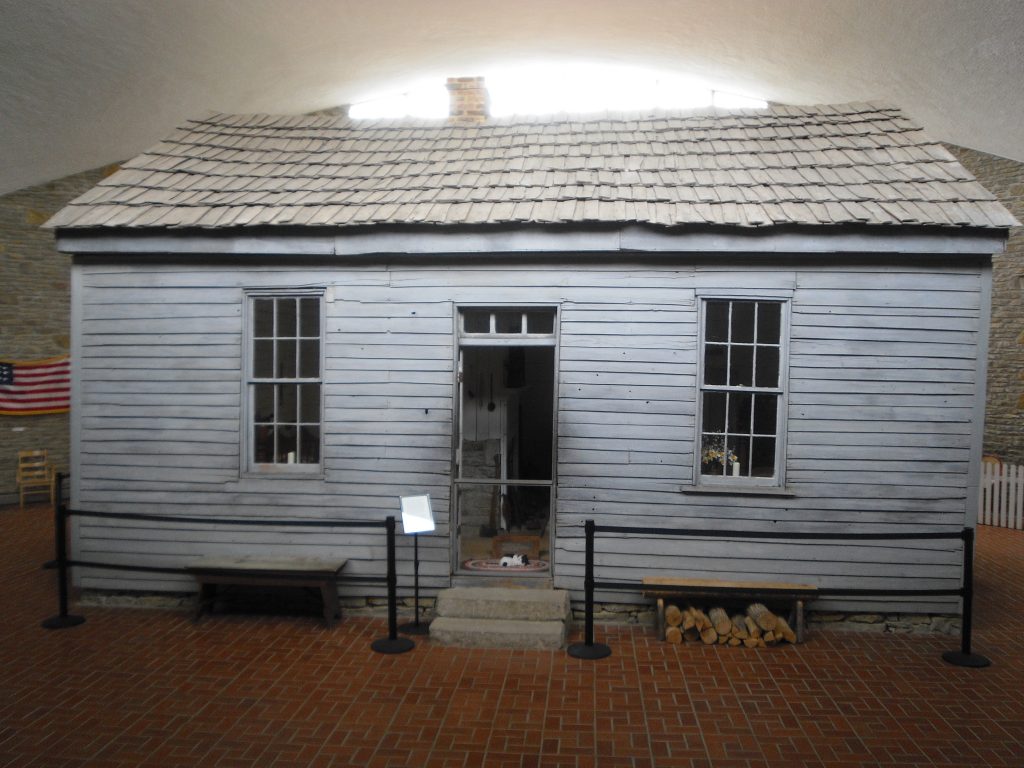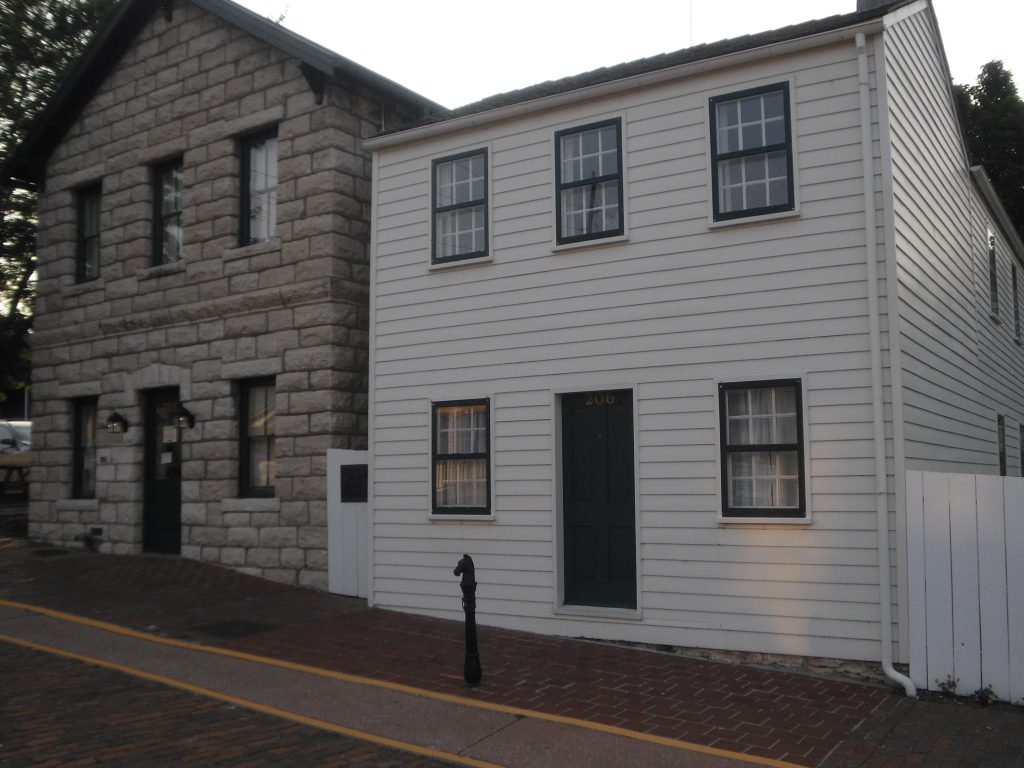In the small town of Hannibal, Missouri, when I was a boy, everybody was poor, but didn’t know it; and everybody was comfortable and did know it. ~ Mark Twain
Recently I had the opportunity to drive to Kansas City, MO (one of the reasons for my long break between posts). As part of the trip I made plans to visit the birthplace and boyhood home of one of my favorite authors. Of course, that author is Samuel Langhorn Cemens, better known as “Mark Twain”. He was born in Florida, MO in 1835 and later lived in Hannibal, MO until he was 18 years old. Both of those towns and some of the people who lived there were mined for settings and characters in some of his most famous books.

In the year Clemens was born (1835), Florida was a small settlement in a fairly wild frontier area. He was born in a small rough four room log cabin. That cabin was abandoned in 1844 as the growing family relocated to Hannibal, MO. Over the years the creek that flowed by the cabin was dammed and the valley was flooded. The original cabin was relocated and preserved at Mark Twain State Park, on the shores of Mark Twain Lake. A visitor center was built to hold the cabin and a Twain study center. It is open to the public daily.
The village of Hannibal was only about 35 miles from Florida, yet it held much more financial promise for the Clemens family. Samuel’s father, John M. Clemens, filled a post as a Justice of the Peace in Hannibal and the family took up residence in a two story house not far from the Mississippi River. It was from this house that Samuel explored the area, made friends with other children, and created memories that were fictionalized in his books.

Seeing the building blocks of Twain’s writing and the locations where he spent formative years was a completely joyful experience. The small cabin where he was born was likely the basis for Huck Finn’s cabin. Childhood friends, locations where they played, and even his own father made appearances as characters and settings in “The Adventures of Tom Sawyer” and “The Adventures of Huckleberry Finn”. Twain had the ability to recall specific details that were related as a number of different episodes in his novels and were mentioned in his public speaking tours. These memories, and the skill to make them relatable to a wide audience over many generations, is the key to Twain’s enduring popularity.
The writings of Samuel Clemens under the pen name of “Mark Twain” leave an indelible legacy on American literature, despite minor controversies over the years. His books are set in specific times and places, yet have timeless qualities and lessons. His characters and phrases have made a permanent impact on the cultural lexicon of the United States. Having seen firsthand some of the foundational locations in Twain’s writing, I can read his books on an even deeper level. I’m glad I made the trip and I encourage anyone who enjoys Twain’s writing to do the same.
